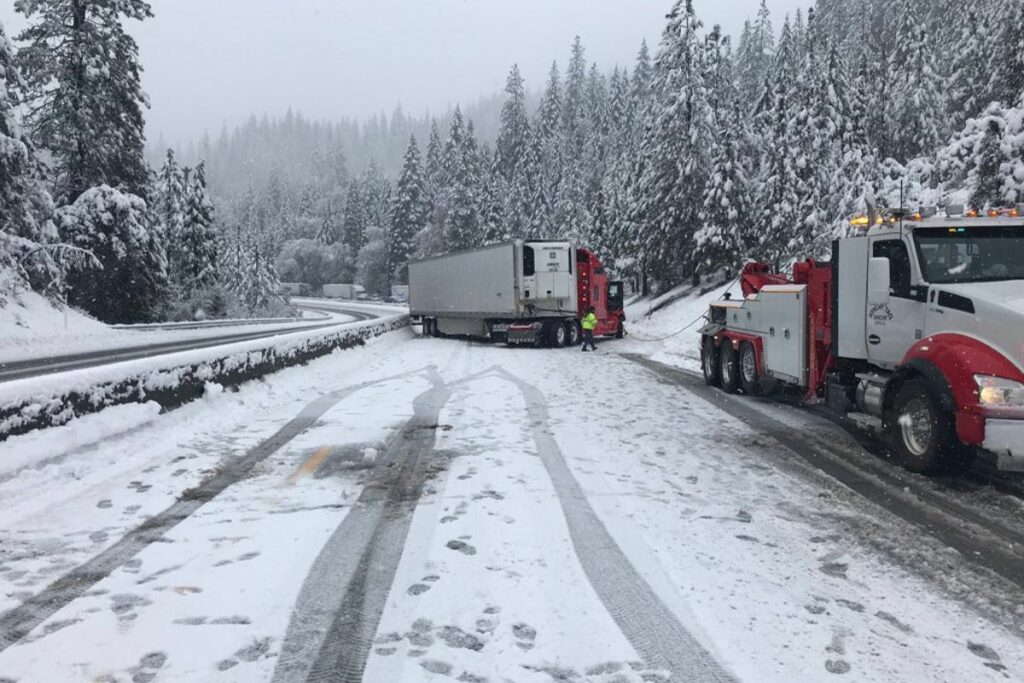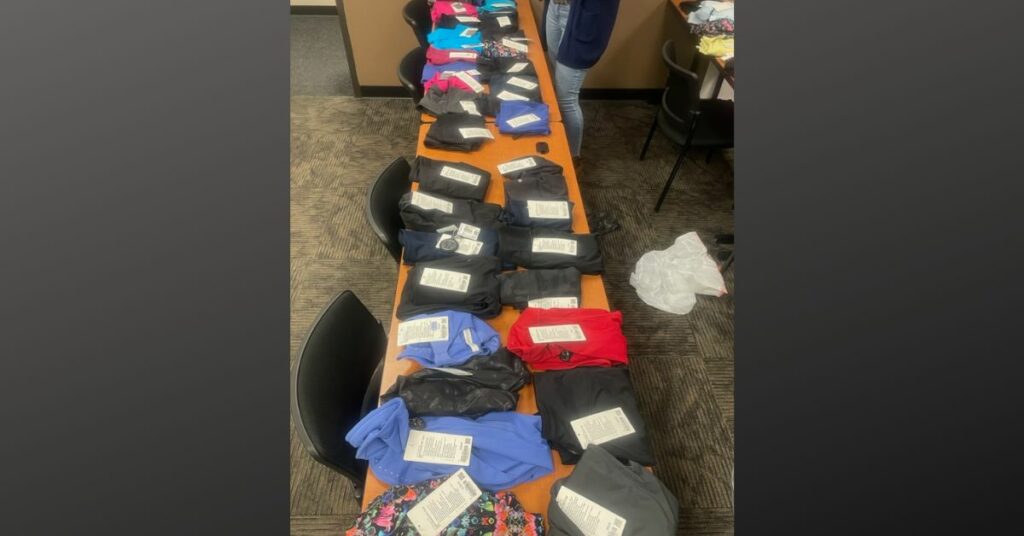Members of Oregon’s congressional delegation said Thursday(April 20) that more needs to be done to reduce the high rate of adolescent dr*g de@ths in the state.
U.S. Senators Jeff Merkley and Ron Wyden and Representatives Suzanne Bonamici, Lori Chavez-DeRemer, Earl Blumenauer, Andrea Salinas, and Val Hoyle wrote to U.S. Secretary of Education Miguel Cardona, urging him to collaborate with local school districts in the fight against the opioid epidemic and substance abuse.
“If we are truly committed to ending the opioid crisis, then we must ensure that our students, as well as their parents and teachers, are equipped with all the resources they need, including access to naloxone and successful dr*g-prevention education programs,” they wrote.

Law enforcement has reported that illicitly produced fentanyl is being produced in China and exported to Mexico. It is then processed into tablets resembling prescription oxycodone or benzodiazepines like Xanax and sold on the streets.
From May 2020 to April 2021, the number of accidental overd0se fatalities in the United States topped 100,000, as the Centers for Disease Control and Prevention reported. Sixty-four percent of these de@ths were traced to synthetic opioids like the 100 times more powerful fentanyl produced illegally.
According to state statistics, the number of fentanyl-related fatalities in Oregon increased dramatically from 2019 to 2020, from 74% to 298.
Also, dr*g overd0se de@ths among adolescents in Oregon are rising more quickly than in any other state. Since 2019, the number of fatalities caused by adolescent dr*g overd0ses has increased by more than twice nationally and more than three times that amount in Oregon. According to the Federal Centers for Disease Control and Prevention, fentanyl’s widespread availability is primarily to blame.
The representatives from Oregon also want the U.S. Department of Education to inform them of their accomplishments and share best practices in addition to working with local school systems.
The letter drew attention to the “Fake and Fatal” program run by the Beaverton School District, which educates students, parents, and educators on the risks of synthetic opioids and offers services like key contacts and hotlines if a kid consumes such substances.
According to a recent news statement from Merkley’s office, the district has taken a non-punitive approach to pupils with dr*g use difficulties. Each school in the district has access to experts and social workers who may direct children and their families to appropriate resources.
“School districts can no longer pretend that fake pills made from potentially de@dly fentanyl are not a threat to their students,” stated Shellie Bailey-Shah, public relations officer for the Beaverton School District, in a recent news release. Po!sonings from fentanyl are a fact of life in every state.
“As educators, we have a responsibility to inform our students, parents, and staff about the dangers,” she said. “I implore school districts to be proactive and not wait until their communities suffer a student de@th that could have been prevented through education.”
Activities in Oregon
This federal endeavor is consistent with Oregon’s attempts to address the issue via the educational system. Legislators in Oregon successfully passed Senate Bill 238 earlier this month. The House Education and Workforce Committee has set a public hearing for the following week.
The bill, if passed, would require the Oregon Health Authority, State Board of Education, and Alc0hol and Dr*g Policy Commission to work together to incorporate lessons about the dangers of synthetic opioids and the existence of laws protecting those who report substance abuse or seek treatment for themselves or others into existing curricula.
The Oregon Senate approved the measure with just one dissenting vote and one excused. Oregon Department of Education communications director Marc Siegel told the Capital Chronicle that his organization is keeping an eye on the bill’s development and is prepared to assist with its eventual adoption.
“Our federal delegation and community leaders are raising important concerns,” Siegel stated in response to Thursday’s (April 20) letter, “and ODE stands with them in shared concern and commitment.”
The latest news on events at Oregon State is as follows:
- National Work Zone Awareness Week Encourages Drivers to Prioritize Safety and Avoid Accidents.
- Oregon Health Authorities Provide the Last Covid-19 Monthly Report.
The state agency, according to Siegel, is striving to address the problem by, for instance, collaborating with the Oregon Health Authority in 2022 to create the Fentanyl & Opioid Response Toolkit for Schools, which will be used by teachers, principals, school nurses, kids, and their families.
Naloxone, marketed under the trade name Narcan, is a medicine that can reverse the effects of an opioid overd0se. The toolkit includes instructions on how to obtain, administer, and store this medication. Schools in Oregon are highly urged to adopt the policies and procedures specified in the toolkit, but doing so is not mandated.
“With each young life lost,” Siegel said, “the impact of the opioid crisis becomes all the more personal, impactful, and real for all of us and calls on all of us to stand and act together.”
Please stay connected with us on Twitter for Upcoming Events and Stories.





